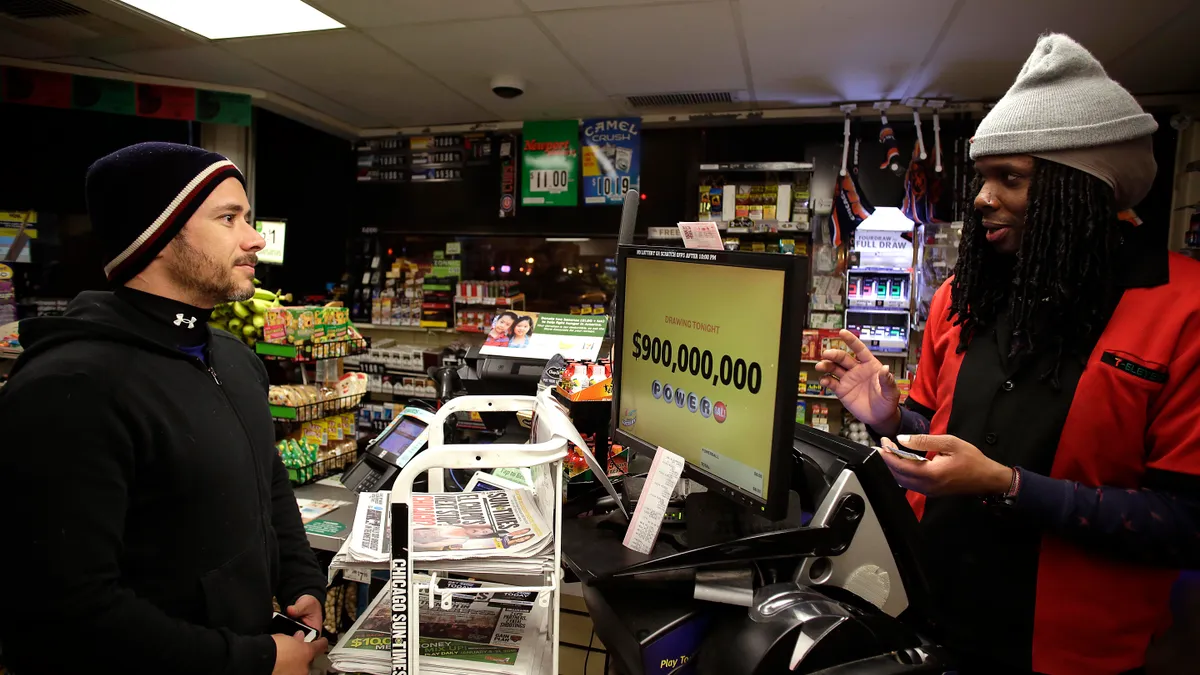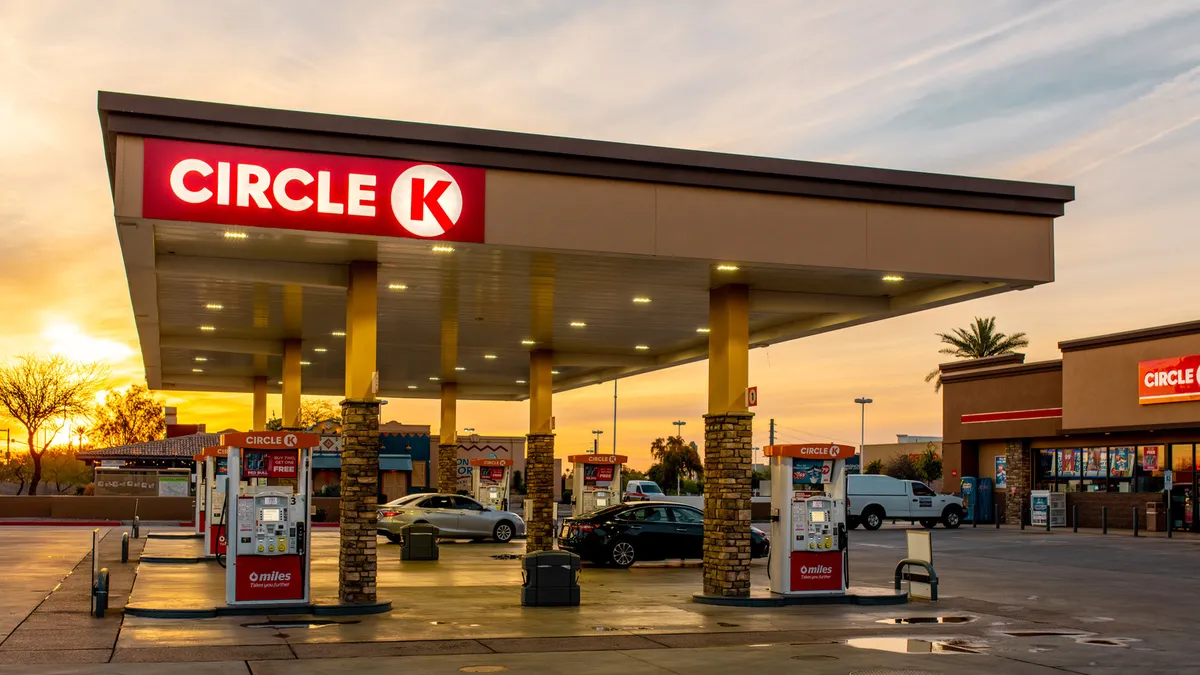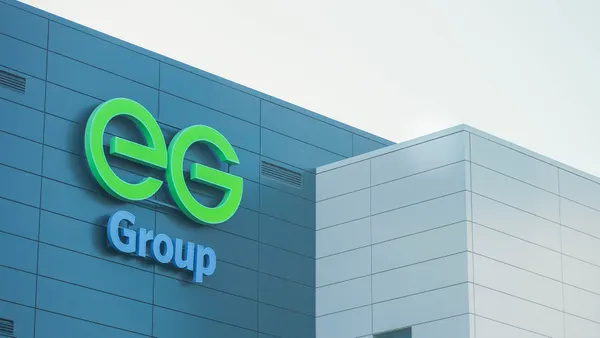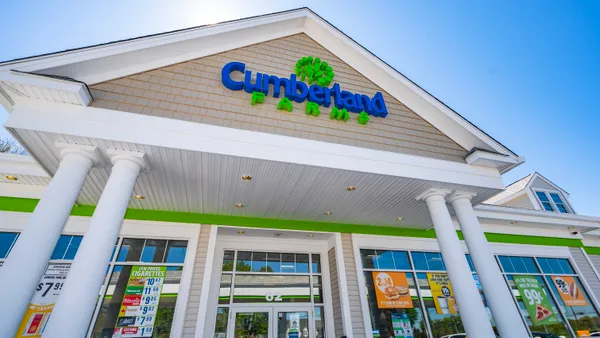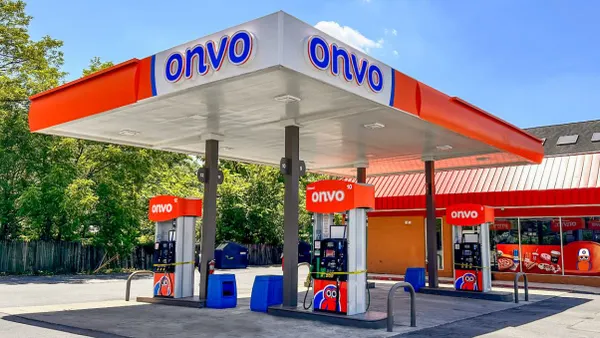Convenience stores have trailed grocery, restaurant and fast food loyalty programs for some time now, but it turns out consumers are also participating less in c-store loyalty programs as the years pass, too. The total number of c-store rewards members dropped 16% from 2019 and 2021, according to a new report from customer experience vendor Paytronix.
The onset of the COVID-19 pandemic was initially a reason for this falloff, but those impacts are still lingering for c-store operators when it comes to loyalty, Jeff Hoover, director of strategy and insights for Paytronix, said in an interview.
“When you look at 2019 and 2020, [it wasn’t] surprising to see the downtick,” he said.
C-store retailers stopped promoting their loyalty programs during the pandemic — specifically, they stopped talking about the programs to their customers and employees — and that behavior is “one of the main reasons” for the lack of consumer participation, Hoover said. In fact, he said not talking about the programs became the standard across the industry.
“Retailers told us they’re not talking about loyalty and having the conversation,” he said. “There’s eight to 10 things we’re training cashiers about, and loyalty isn’t getting focus.”
Encouraging staff to talk about their store’s loyalty program with customers can go a long way, Hoover said. And if employees aren’t trained on the ins and outs of the loyalty program, offering them membership and occasional perks within the program — part of a tiered system — can build their knowledge of and enthusiasm for it, which can then lead to them talking more about it with customers, Hoover said.
“If you participate in the program, you can be a referrer of the program,” he said.
Creating tiers in the loyalty program — which would incentivize members differently based on how they interact with your brand — can boost overall engagement, Hoover said. For example, a c-store operator can offer ranked tiers like gold, silver and bronze, and members must earn various points or buy certain items to qualify for each one.
“It’s shocking how many [brands] don’t go that extra step to create the loyalty tier,” Hoover said.
C-stores should build up their “platinum customers”
C-store operators must ensure they cater their loyalty programs to their most loyal customers — the people who visit once a day, and oftentimes more than that.
About 8%–10% of loyalty members are responsible for about 40% of c-store visits, averaging more than one a day, according to Paytronix’s report. Conversely, loyalty members who only purchase fuel visit just two to three times a month.
“I’ve never seen that, even in restaurants,” Hoover said. “It’s people who work on the road, work outside. People who have it in their flow who need a lot of gas and food.”
Since these consumers — the “platinum customers” — visit so often, they get more value from in-store components like snacks, cigarettes and the lottery, Hoover said. And to maintain their visits, it’s important to not focus on upselling these customers, but to have them continue doing what they’re already doing.
“[It’s] not about getting them to spend more, but retain them, so they see the value of the program,” Hoover said. “Everything with that group should be focused on retaining those visits.”
Convenience stores also don’t get as much loyalty traction as restaurants or grocery stores because people don’t get excited about them — specifically, at the prospect of buying gas, Hoover said.
“Gas is a commodity,” he said. “When [consumers] don’t need gas, they’re not thinking about it a lot.”
That’s why c-store brands that “heavily” incentivize fuel discounts in their loyalty programs perform well, he said. For example, as part of its Adventure Club loyalty program, Maverik offers members 10 cents off each gallon of fuel if they also use its Nitro Card, which tracks fuel prices in various areas to give consumers the lowest possible price. This past Labor Day, Circle K offered a 40 cents off per gallon promotion.
“The daily 3 or 5 cent discounts are nice, but at the end of the day, that’s like a dollar on a 12-gallon fill up,” he said.



